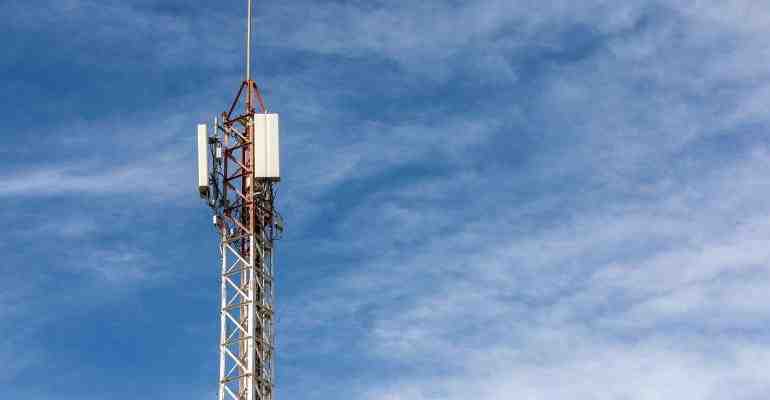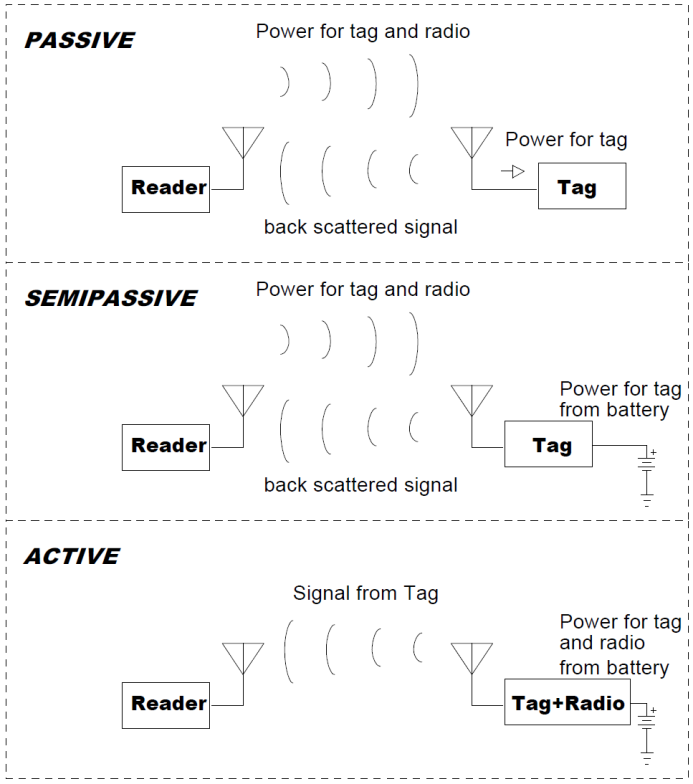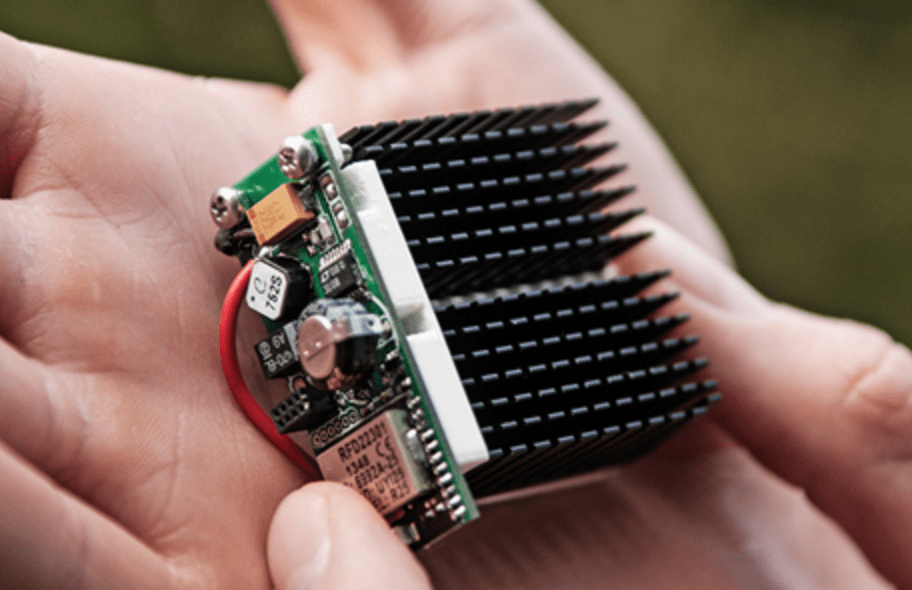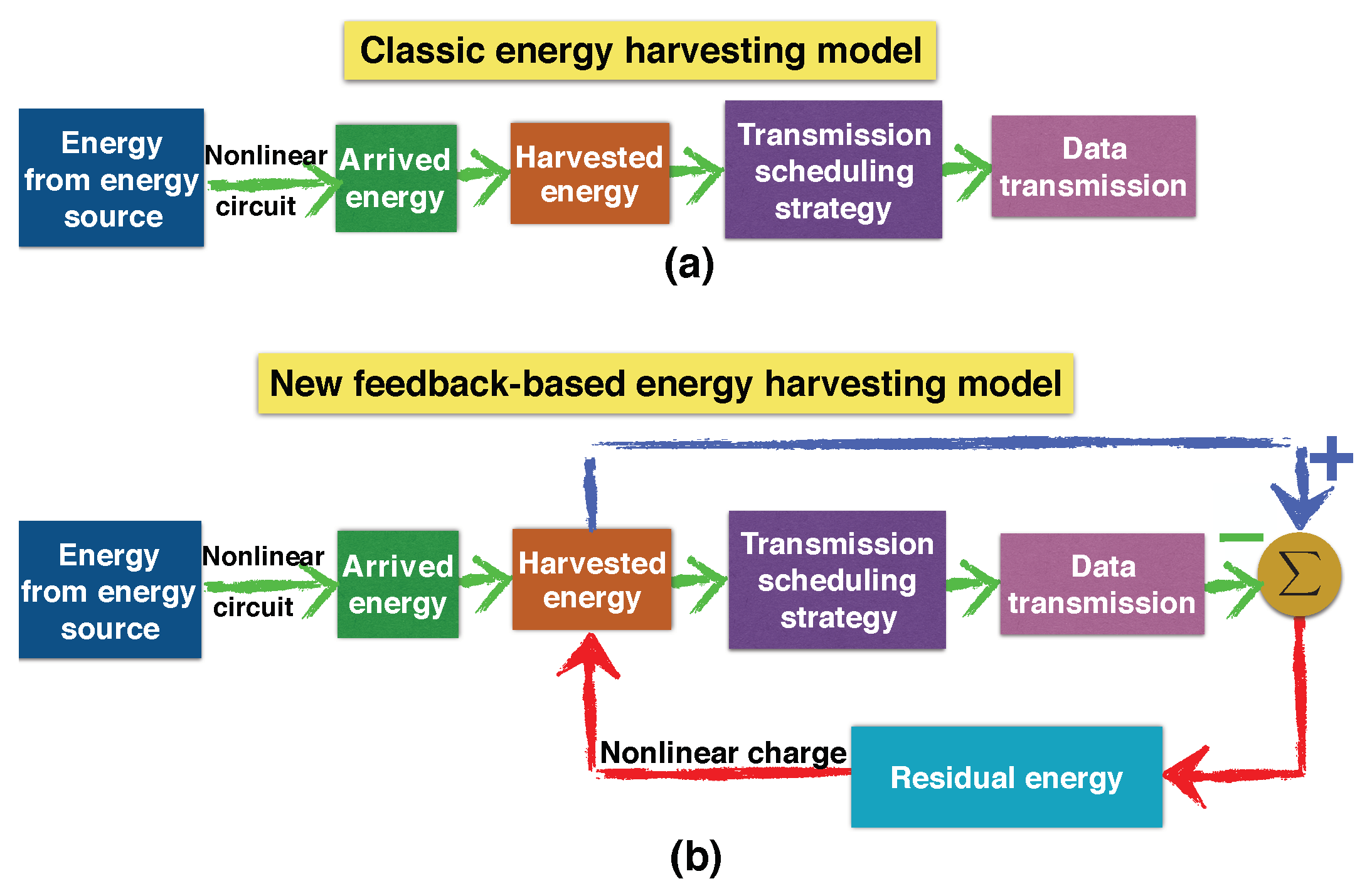The energy harvest is showing a lot because new ways are being sought to generate electricity. One technology involves a common source: radio waves.
Researchers at the University of South Florida are trying to extract energy from radio waves using synthetic materials called metamaterials, which exhibit properties not normally found in natural materials and are designed to achieve high levels of performance. Metamaterials have been the subject of many research efforts, including the solution of comparisons.
The metamaterial -based antenna developed at the University of South Florida scan is capable of extracting 100 microwatts of energy from radio waves, and the power of radio waves is only 0.4 microwatts per square centimeter. The altitude is about the same power as a radio 100 meters from a mobile phone tower, according to researchers.
“By eliminating wire and battery connections, these antennas can help reduce costs, improve reliability and improve some power,” said research leader Jiangfeng Zhou. “This is useful for strengthening smart home appliances such as devices for heating, lighting and motion or devices used to monitor the structure of buildings or bridges, which may be difficult or impossible to replace. maa. “
The idea of using materials to generate energy is not new. For example, researchers at the University of Nottingham England showed that many metamaterial antennas are being used at high frequencies up to 5.8 GHz, according to a paper published in 2019. It was reported by Zhou in Design News the accident has extracted energy from metamaterial without recycling. at high levels of radio waves, it may not always be possible from a conventional mobile tower.
Zhou and other researchers reported that the metamaterial containing the antenna allows high voltage to flow over the device’s diode. This allows the antenna to display the level of radio wave emission that is designed to work well with the level of radio wave typical of a portable tower. .
Scientists tested their metamaterial -based antennas in an anechoic chamber. The radio wave transmitted from an antenna hole is received by the metasurface antenna embedded in a wood.
Photo courtesy of Jiangfeng Zhou and Clayton Fowler/ University of South Florida
Researchers at the University of South Florida searched their metamaterial -based antenna in an anechoic chamber, sending the radio wave from the hole to the left. The signal is received by the metasurface antenna mounted on the wood on the right side.
Researchers need to reduce the size of the metamaterial antenna to be used for deployment. Zhou said the current 15 cm square size of the antenna is larger than most devices can be powered. But reducing the antenna has additional challenges.
“Reducing the size of the antenna will reduce the amount of power harvested,” Zhou said. You want to maximize the useful area of the antenna that can be used to pull in radio power. ”
Researchers want to use technology that allows a radio spectrum to turn on or off equipment in a room. They also hope to be able to design an antenna that can collect energy from multiple types of radio waves simultaneously, allowing more energy to be harvested.
Spencer Chin is a senior editor with Design News.
How does a rectenna work?
Contents
- 1 How does a rectenna work?
- 2 How do you convert RF to power?
- 3 How much energy is in radio waves?
- 4 Do humans emit radio waves?
- 5 Is 5G radio waves or microwaves?
A simple rectenna element consists of a dipole antenna and an RF diode connected to the dipole element. The diode controls the AC generated in the antenna by a microwave, which provides DC power, which forces a load to be connected to the antenna. the diode.
What is the rectifier in wireless charging? The rectifier is the antenna that is used to convert electrical power to the current (DC) controller. Electronic Transmission (MPT) uses the current DC in the mobile phone as a signal to use the device. ATMEL computer machine.
How efficient is a rectenna?
The rectenna has a conversion efficiency of 37 and 30% at 915 MHz and 2.45 GHz, respectively, at a power consumption of up to 9 dBm and weight of 2.2 kg.
How much power can you get from a rectenna?
For example, probes can generate approximately 40 microwatts of energy when displayed under normal electrical conditions of Wi-Fi signals (approximately 150 microwatts). It’s more than just the power to turn on an LED or carry a digital camera.
How much does a rectenna cost?
An outdoor reserve on the central and northeastern coasts is available at an initial unit cost of approximately $ 5.7 billion. 2.
How much does a rectenna cost?
An outdoor reserve on the central and northeastern coasts is available at an initial unit cost of approximately $ 5.7 billion. 2.
What does a rectenna look like?
To simulate the horrific phenomenon, Belkadi and his colleagues installed a network of about 250,000 rectennas, which are stacked like small ribbons, on a hot plate in the laboratory. Then they pour out the heat. The devices were able to capture less than 1% of the heat generated by the hot plate.
Who invented the rectenna?
The rectenna concept was first developed for the transmission of wireless electricity by William C. Brown of the Raytheon Company in the 1960s.
How much power can you get from a rectenna?
For example, probes can generate approximately 40 microwatts of energy when displayed under normal electrical conditions of Wi-Fi signals (approximately 150 microwatts). It’s more than just the power to turn on an LED or carry a digital camera.
What are rectenna used for?
A rectenna (rectifying antenna) is a special type of receiving antenna that is used for the conversion of electrical current to direct current (DC). It is used in power generation systems to transmit power through radio waves.
Who invented the rectenna?
The rectenna concept was first developed for the transmission of wireless electricity by William C. Brown of the Raytheon Company in the 1960s.
How do you convert RF to power?

To convert the received RF power to DC power, use an antenna powered by an RF amplifier with a frequency rectifier (typically with a Schottky diode). The procedure is often called rectenna as remembered in the second answer.
Can you convert radio waves into electricity? And when this system is connected to a rectifying circuit that can be framed, it produces a rectifying antenna, or “rectenna”, which is can convert energy from electrical waves into electricity. , such as batteries and supercapacitors.
How do you calculate the power of an RF signal?
| Powers | Full strength |
|---|---|
| 50 dBm | 105 mW = 100 W |
| 90 dBm | 10−9 mW = 10−12 W = 1 pW |
| ’60 dBm | 10−6 mW = 10−9 W = 1 nW |
| ’30 dBm | 0.001 mW = 1μW |
What is RF input power?
An RF power amplifier is a type of electronic device that converts a low voltage signal into a higher signal. Typically, RF power amplifiers take the antenna as a transmitter.
What is RF output power?
In radio transmission, electrical current (TPO) is the actual amount of energy (in watts) of radio (RF) energy produced by the transmitter in its production.
What is RF in power?
RF spectroscopy (RF) refers to high electrical conductivity. Industrial RF heating systems use 915 MHz magnetrons that operate at high power in excess of 100 kW of continuous-wave RF activity and achieve high reliability. …
What is meant by RF?
RF spectroscopy (RF) is a measure of the transmission of an electrical current or voltage or by a magnet, an electric current or an electrical or mechanical device. the range from 20 kHz to 300 GHz.
What is RF power output?
In radio transmission, electrical current (TPO) is the actual amount of energy (in watts) of radio (RF) energy produced by the transmitter in its production.
What is RF to DC conversion?
The RF to DC Converter is a part of the electrical circuit breaker. This is where Radio Frequency (RF) energy is stored and converted to Direct Current (DC). … The only external power this system will receive is the RF energy that is harvested by its receiving antenna.
What is RF voltage?
RF spectroscopy (RF) is a measure of the transmission of an electrical current or voltage or by a magnet, an electric current or an electrical or mechanical device. the range from 20 kHz to 300 GHz.
What is RF to DC converter?
The RF to DC Converter is a part of the electrical circuit breaker. This is where Radio Frequency (RF) energy is stored and converted to Direct Current (DC). The wireless converter is scheduled to operate at 5.8 GHz.
How much energy is in radio waves?

A radio wave can have a power of 4 x 10-10 eV-a gamma-ray can have a power of 4 x 109 eV. The difference in power is 1019 (or ten trillion) eV!
Are radio waves high or low intensity? Radio waves contain low -energy photons. Microwaves are more powerful than radio waves. There is still a lot of infrared, followed by visible, ultraviolet, X-ray and gamma rays.
Do radio waves have the most energy?
Gamma rays have the highest intensity, the shortest wavelength, and the highest frequency. Radio waves, on the other hand, have the lowest intensity, the longest wavelengths, and the lowest lines of any type of EM radiation.
Do radios have high energy?
Radiofrequency (RF) radiation, which includes radio and microwave waves, is at the lowest potential of the electrical spectrum. It is a type of non -industrial heating.
What is the highest energy?
Sealed gamma rays from dwarf stars were obtained by exploration in Tibet, China. The collaboration of Chinese and Japanese astrophysicists has reported high photons energy levels seen: gamma rays with energy up to 450 trillion electron volts (TeV).
What type of energy is a radio wave?
The radiation energy is a form of electrical energy. It can take the form of visible waves – what we call light energy – or invisible waves such as radio waves or x -rays. While moving forces produce energy, electrical energy is a form of kinetic energy.
Does infrared have more energy than radio waves?
Radio waves have lower-energy photons, microwave photons are more powerful than radio waves, infrared photons are more, visible, ultraviolet, X-ray, and, most powerful, gamma- ray.
What is difference between infrared and radio waves?
According to NASA, radio waves have a longer wavelength than infrared light, in the electric field. Radio waves can reach the earth’s surface, unlike most infrared light. … Infrared light is only a line of sight, but radio waves can be used effectively from a great distance.
Do radio waves carry energy?
The yeast drives electricity to the back and front antennas, causing the yeast electricity and the magnet, which transmits energy from the antenna such as radio waves. Radio waves carry information where it is received.
What energy does radio waves have?
Electron-volts, or eV, is a unit of energy often used to describe light in space. A radio wave can have a power of 4 x 10-10 eV-a gamma-ray can have a power of 4 x 109 eV. The difference in power is 1019 (or ten trillion) eV!
Do humans emit radio waves?

Our own bodies emit infrared heat (and even some radio waves) because they are warm. You can read more about this in the “Mobile Phones” section. As infrared light and radio are converted into heat, the electric fields and (extremely) low-energy fields receive electricity into the body.
How much time do people save? By examining the response of the human body on a vibrating medium, many researchers have found that the average human body frequency is approximately 5 Hz. However, in recent years, an indirect method has been tested that appears to increase the frequency frequency by about 10 Hz.
How do we emit radio waves?
All microwave ovens are part of the heating of their black bodies. Radio waves are generated electronically by frequency fluctuations, consisting of electricity flowing back and forth through a special metal frame called an antenna.
What sources emit radio waves?
Radio waves are often used for communication purposes. Radio and television broadcasts, mobile phones and their hubs, smart meters and satellite communications all provide RF EME. Other sources of radio waves include microwave ovens, radar, factories and various industrial and medical applications.
Do humans release radio waves?
Yes, people emit radiation. … “Heat saving” is all the electrical waves emitted by an object because of its heat, and includes radio waves, infrared waves, and even visible light. Infrared waves are only one component of heat radiation.
Is 5G radio waves or microwaves?

Like previous mobile technologies, 5G networks rely on signals transmitted by radio waves – part of the electricity spectrum – transmitted to the radio. between the antenna or mast and your phone.
Is 5G called a microwave? Electromagnetic Spectacles – Microwaves are shown in gray. Microwaves vary in frequency from 100’s of MHz to 100’s of GHz. Currently the bandwidth for 5G (between 3GHz and 28GHz) falls into this range.
What kind of wave does 5G use?
The new Millimeter wave network uses frequencies from 30 to 300 gigahertz, which is 10 to 100 times higher than the radio waves used today for communication. 4G and WiFi. They are called millimeters because their wavelengths vary between 1 and 10 millimeters, while radio waves are in the order of centimeters.
Is 5G in the light spectrum?
5G resides in the spectrum area which includes the radio waves we use for cell phones, your home Wi-Fi and baby monitoring. These waves are less powerful than visible light.

